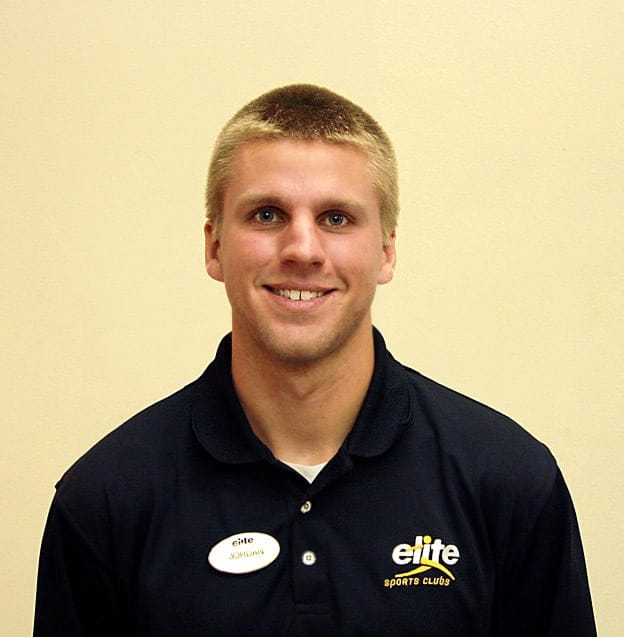
If you’re looking for an exercise to get your heart rate up quickly and get the sweat machine working, the burpee definitely fits the bill. You’ve probably seen a dozen different variations of the burpee, some of them on the tamer end of the spectrum and some of them on the masochistic end. The good news is that you can find one that fits your current activity level, whatever it may be.
There is a lot that goes into the burpee, no matter what level you’re working at. Your upper body has to stabilize you to make sure you don’t collapse onto your face, your core has to be strong to keep your spine safe, and your legs have to work hard to ensure your knees don’t smack the floor. That’s only one part of the exercise, too! Let’s talk about the traditional burpee to see exactly what all goes in to it, and then we can learn how to change it to fit your current fitness level.
The traditional burpee has three phases: jumping down from a standing position to a plank position, jumping forward from the plank position to a deep squat, and then finishing with a transition from the deep squat to a jump up in the air. Here are a few key things to keep in mind when performing a burpee:
- Engage your core and keep it tight to protect your lower back when you jump down.
- Don’t let your hips sag in the plank phase. It should be a rigid plank.
- When you jump forward to the squat, make sure your feet are firmly planted beneath you.
- Don’t end up on your toes with a rounded back!
- When you land after jumping up into the air, land softly with bent knees. Landing with stiff legs is hard on your knees.
Burpee Exercise How To & Tips Video:
To make the traditional burpee easier, take away the jump at the end and just come up to a standing position out of the squat. You can also step both feet back to get into the plank instead of jumping back into it. To make the traditional burpee harder, add a pushup in-between the plank and the deep squat. You can also turn the jump at the top into a jumping jack!
No matter what level you’re working at currently, make sure you don’t hold your breath. Your muscles need that oxygen to work at their highest capacity, and holding your breath robs them of it. If you feel pain anywhere, stop immediately. If you would like some pointers or a form check, come and ask one of the trainers at one of the five Elite Sports Clubs locations!
Get Started! Tell us about your goals!Written by Jordan Meyer, CPT – Certified Personal Trainer & Group Exercise Instructor at Elite Sports Club-North Shore
Jordan Meyer is a personal trainer at the North Shore location of the Elite Sports Clubs. He holds a personal training certification from the American College of Sports Medicine and a BS in Exercise Science and Health promotion from UW-Oshkosh. He specializes in body weight fitness and athletic training, and enjoys working with young athletes who are preparing for a variety of sports. Jordan has had the pleasure of coaching many different sports at a variety of levels, ranging from four year olds who are just learning the basics, to Division 3 men’s rugby. He has played organized sports since he was five years old and still plays rugby three seasons a year. In his free time, he enjoys training for and competing in challenge races such as the Tough Mudder and Spartan Race.
